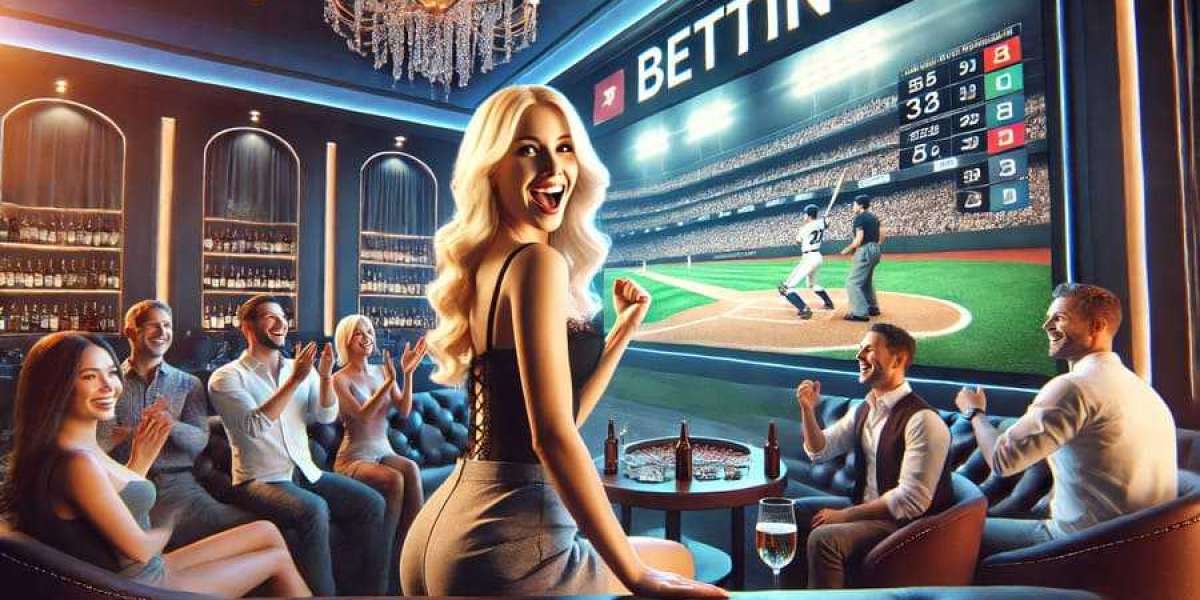Have you ever wondered why certain basketball uniforms seem to energize a team or intimidate opponents? It’s not just fashion—it’s science. Colors play a powerful psychological role in sports, and when it comes to basketball, uniform design is more than just choosing something cool. It's about mindset, perception, and emotion. Let's dive into the fascinating world of color psychology in basketball uniforms.

1. Understanding Color Psychology
Color psychology is the study of how different hues affect human behavior and emotions. In sports, colors can energize, calm, intimidate, or unite. Think of it like seasoning in food—too little and it's bland, too much and it's overwhelming, but just the right balance? Magic.
2. Why Uniform Colors Matter in Basketball
Basketball uniform is fast-paced, emotional, and highly visual. The uniform is one of the first things players, referees, and fans notice. Colors influence perception, both on and off the court. A bright, bold jersey can boost confidence or even throw off an opponent's focus.
3. Red: The Color of Power and Passion
Red is bold, intense, and aggressive. Teams in red are often perceived as more dominant and passionate. Research has shown that athletes wearing red have a psychological edge—it raises heart rates and signals competitiveness. If you're out to make a statement, red delivers.
4. Blue: Calm, Trust, and Team Spirit
Blue has a calming effect, making it perfect for promoting teamwork and discipline. Teams in blue uniforms often appear more composed and professional. It’s no surprise that many successful franchises rely on various shades of blue to build their identity.
5. Black: Strength and Authority
Black uniforms carry an air of mystery and strength. They’re associated with power, control, and confidence. Many teams choose black to intimidate or stand out. It’s a sleek and bold choice that says, "We mean business."
6. White: Clean, Fresh, and Focused
White symbolizes purity, focus, and simplicity. It’s often used for home uniforms to give a fresh, clean appearance. Teams in white may seem more disciplined or neutral, providing a visual break from vibrant colors.
7. Yellow: Energy and Optimism
Yellow grabs attention. It's bright, energetic, and full of enthusiasm. When used in uniforms, it can lift spirits and signal fast, high-energy gameplay. However, overuse can lead to visual fatigue, so it's best used as an accent or in moderation.
8. Green: Balance and Growth
Green is associated with nature, growth, and stability. In basketball, green uniforms project calm confidence and endurance. While not as common, when used correctly, green can make a team feel grounded and focused.
9. Custom Color Combos: Making a Statement
Many teams combine colors to create a unique identity. For example, red and black convey power and aggression, while blue and white communicate trust and clarity. The right mix can tell a story, build a brand, and set your team apart.
10. Home vs Away Uniform Color Psychology
Traditionally, home uniforms are lighter, offering a sense of familiarity and comfort, while away uniforms are darker, projecting seriousness and resolve. This color dynamic isn't just for contrast—it affects team mindset too.
11. Fan Perception and Branding Influence
Fans connect with team colors emotionally. A great uniform design doesn’t just look good—it builds loyalty and identity. The Lakers' purple and gold? Iconic. Bulls' red and black? Fierce. The right colors become part of the culture.
12. The Role of Color in Youth Basketball
In youth leagues, colors can impact more than performance—they shape confidence and excitement. Kids love bright, bold colors that feel fun. Plus, the right color scheme can make a team feel more united and enthusiastic.
13. Coaches' Preferences and Color Choices
Coaches often pick uniform colors based on psychological impact and visibility. For instance, dark colors might hide sweat and look tougher, while bright colors improve visibility on court. It’s a strategic choice, not just a style one.
14. Real Examples from Famous Teams
Chicago Bulls (Red Black): Aggressive, bold, and iconic.
Golden State Warriors (Blue Yellow): Energetic yet disciplined.
Miami Heat (Black Red): Confident and fiery.
These color choices are not random—they’re crafted to influence how the team is perceived.
15. How to Choose the Right Color for Your Team
Think about your team’s values. Are you aggressive and competitive? Calm and tactical? Unified and spirited? Choose colors that reflect your energy and attitude. Test different combos, get team feedback, and remember—your uniform tells your story.
Conclusion
Colors are more than aesthetics. In basketball, they're part of the strategy—influencing mood, perception, and performance. The next time you see a team take the court, look past the dribble and dunk. Notice the colors. There's psychology at play.

